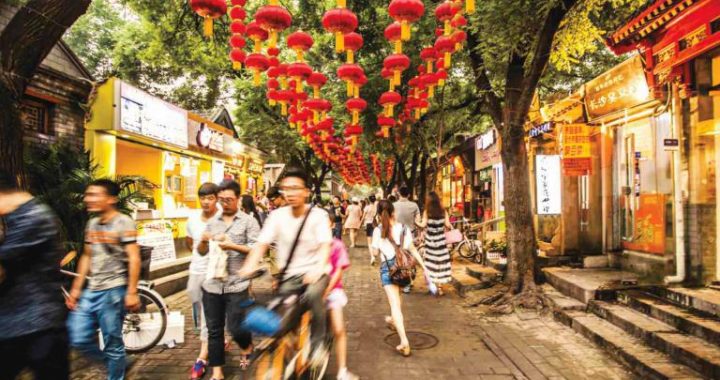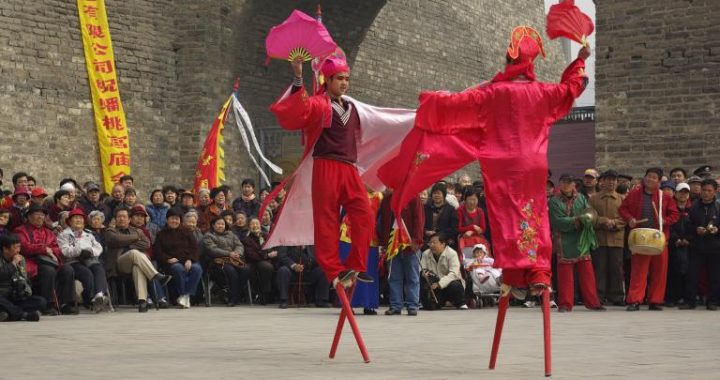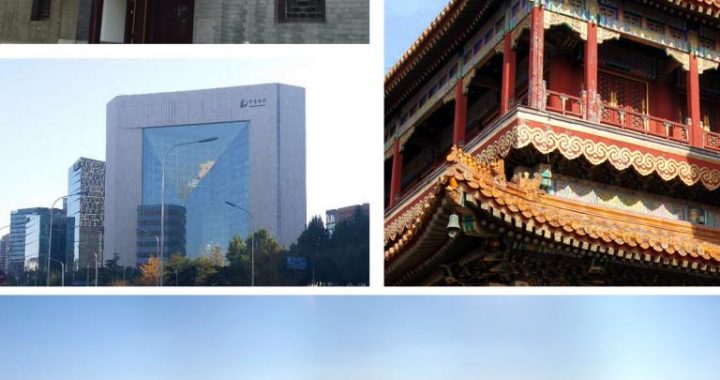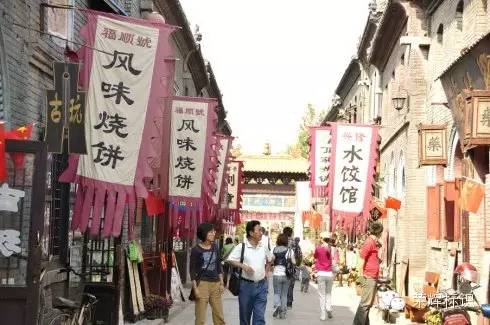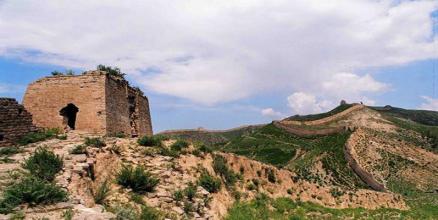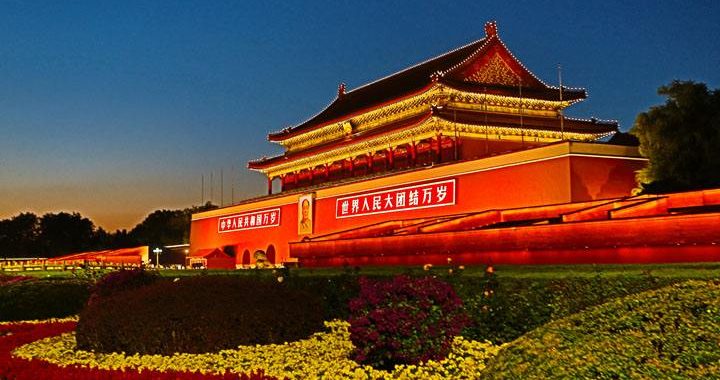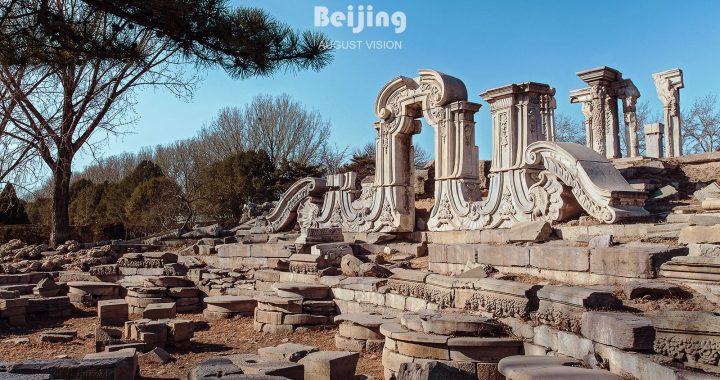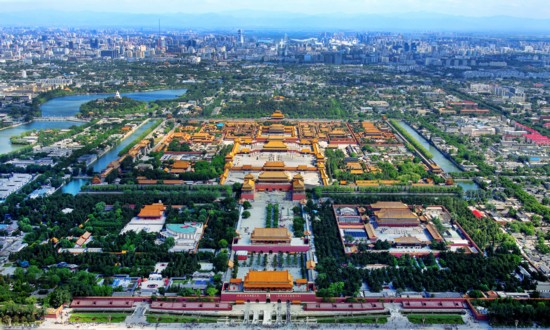Diamond Throne Pagoda in Biyun Temple
5 min readDiamond Throne Pagoda in Biyun Temple, located in Biyun Temple in the east of the Fragrant Mountain in Haidian District of Beijing, is the largest Diamond Throne Pagodas extant in China.

Diamond Throne Pagoda in Biyun Temple stands at the highest point of the temple with a height of 34.7 meters. This pagoda stands in the west and faces to the east.
It is made up of three parts:a base,a diamond throne and a body. The base is a square two-storied one laid with granites in the pattern of a tiger’s fur. Railingsand stairs around are covered with white marble. The diamond throne is built on thebase and is also laid with white marble. This throne is divided into five layers. Anarched door is set in the center of the front side on the first layer. There inlays a tablet above the arched door, saying “Light in Bodhichitta”.
On March 12th,1925, Dr. Sun Yat-sen died of disease. His body was kept in Biyun Temple and his hats and clothes were sealed in the stone niche under this DiamondThrone Pagoda for the following generation to pay respect to. Therefore, we can see today a white marble inlayed in the center of the arched door and inscribed withgold characters, saying “Hat-and-clothes Tomb of Dr. Sun Yat-sen”. Besides, there is a path on both sides of the arched door carved with steps. People can walk along the stairs to the top of the pagoda. There are patterns of curling grasses and flying belts on the waist of the throne of Mt. Sumeru.

They are delicate in craftsmanship and vivid in appearance. On the east side on the second story of the throne of Mt. Sumeru, stone statues of Maitreya Budhidharma and the Four Great Heavenly Kings are carved. It is the only pagoda extant in China that has Buddha carvings on the base. The other three sides are divided into several niches by short pillars. There are all together 34 statues of sitting Medicine Buddha holding an alms bowl in the hands in the art technique of raised relief.
Eighty-three dragon heads are carved in the same technique on the third story. They are unique in modeling and vivid in image.
Nine statues of Amitaba Buddha are located on the waist part of the east side ofthe throne of Mt. Sumeru on the fourth story while statues of Medicine Buddha are located on the west, south and north sides. On the fifth story, there are mainly patterns of Eight Glorious Emblems in Buddhism: wheels, conch, parasols, canopies, lotuses, precious vases, two golden fishes and knots of eternity. Each has a different meaning of its own in Buddhism. In addition, there are dents carved inward in the shape of a folded angle at both the south and north sides of the throne. There is a statue of sitting Medicine Buddha in each dent, at the sides of which upturned alms bowl-like pagodas are carved. The pagodas are delicate in modeling, beautiful and elegant.

White marble railings are surrounded at the top of the base.A pavilion made of white marble is built at the entrance of the base. The top of the pavilion rises a little upwards, natural and beautiful. There is an arched door at the front side, with a stone-surrounded spring inside. On the top of the door, regular scripts are carved, saying “Sarira Lights are Seen Here”. On the two sides of the arched door and at the back of the pavilion, patterns of branches of dahlias are carved. These carvings are smooth in outline, balanced in proportion, beautiful and exquisite. Three statues of sitting Buddha are carved on the south and north sides of thepavilion, and the top of pavilion is surrounded by railings. There is an Indian-stupa tower in the center of the railing, used for keeping sarira and sutras.
There is a small white marble upturned alms bowl-like pagoda on each of the four corners of this stupa. The pavilion and the five small pagodas above it form another Diamond Throne Pagoda. There stands a relatively large reversed upturned alms bowl-like pagoda at each side of the pavilion. They are also made of white marble. On th niches around the pagoda, statues of sitting Buddha are carved, different in gesture and peaceful in expression. There are five 13-storied white marble multieaved pagodas behind the pavilion.
The middle one is a little higher than the rest four. Each pagoda has a throne of Mt. Sumeru at the bottom, covered with patterns of flowers and auspicious patterns. The first floors of these pagodas are generally big and tall. There stands a statue of Buddha at each of the four sides around the central pagoda: Akshobnya on the east, Ratnasambhava on the south, Amitabha on the west and Amoghasiddhi on thenorth. Statues of Buddhisattva stand on the both sides of these Buddhas. According to the sutras, eight Boddhisattvas have helped Sakyamuni to teach the worldly people. They are Avalokiteshvara, Maitreya, Akashagarbha, Samantabhadra, Vajrapani, Manjusri, Sarvanivara-navishkambini and Kshtigarbha. Patterns at the back of these Buddha are different from those at the back of Bodhisattva. Behind Buddha are reliefs of branches of honeysuckles while patterns of lotuses are behind Bodhisattva. They are all beautiful and lifelike.
In addition, there are reliefs of a sitting Arhats in the middle on the body part on each of the four small pagodas. There are all together 16 statues, known as the Sixteen Arhats. What is more, statues of standing attendants are put at both sides of Arhats, with sacrifices holding in hands. They are natural in expression.
There are 13 layers of eaves on the first floor of the pagoda. Although these eaves are made of stone, they are actually in imitation of the brick and wooden structure. Everything needed is here, such as rafter corners and roof beams.
Besides, patterns of lions and unicorns are carved on the ridges of each layer. Wind bells hang under the eaves. However, all the wind bells are lost today. The pinnacleis a upturned alms bowl-like pagoda made of white marble. There carves a statue of Mahavairocana in the niche on the front side of the pinnacle in the central pagoda.

The Mahavairocana puts his palms together in greeting to Buddha. On the top of the pinnacle is a bronzed canopy, with patterns of the Eight Diagrams in the Taoism and lucky clouds engraved on it. Patterns of jade-like beads are carved along the canopy. There is an ancient cypress behind the main pagoda. It set its roots deeply in the diamond throne and known as Nine Dragon Cypress because there are nine main branches on the tree. It is said this cypress stands for that Sakyamuni has achieved a spiritual end under the bodhi tree after experiencing all the sufferings.
